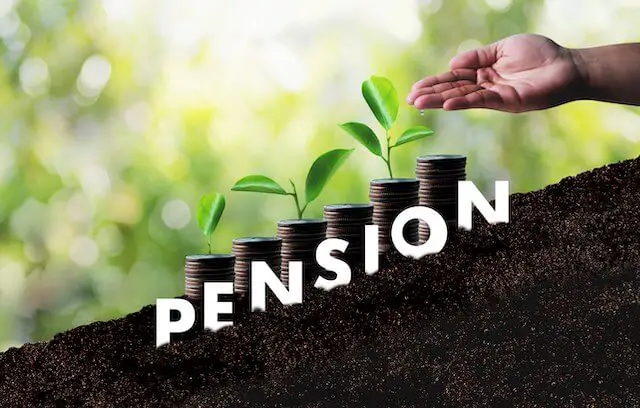Your pension under the Federal Employees Retirement System (FERS) is actually pretty simple. There are only 3 things that go into it, so if you increase any one of those 3 things then you’ll have more income in retirement.
Here are some of the most common strategies to increase your FERS pension.
The 3 Big Ones
These are the only things that matter when trying to increase your pension:
- Years of Service
- High-3
- Multiplier
Years of Service
There are two ways to increase your years of service:
- You can work longer
- You can save up sick leave
With respect to number 2, any unused sick leave you have at retirement will increase your years of service to increase your pension.
If you retire with any unused sick leave, it is converted into creditable service for your pension calculation. For FERS, each month of sick leave would add only 1/12 of 1% to your pension calculation. This comes out to 1% for an entire year’s worth of sick leave. If your multiplier is 1.1% per year, then a year’s worth of sick leave would be worth the 1.1%.
It is important to note that OPM will only count full months of sick leave towards your pension. For example, if you had 6 and ½ months worth of sick leave at retirement, then only 6 months is credited for pension purposes.
However, let’s say your creditable service was 20 years and 5 and ½ months, OPM would add your unused sick leave time to your creditable service before they drop the less-than-a-full-month amount. In this example, your total creditable service would add up to 21 years.
174 sick leave hours equates to 1 month. OPM gets that figure by dividing 2,087 (the number of work hours in a year) by 12. That’s because annuity payments are based on 12 30-day months.
Although sick leave can add to your pension, it cannot be used for retirement eligibility. You must meet those requirements before unused sick leave is considered.
This article goes into more detail about how much sick leave you need to make a meaningful difference.
High-3
Your high-3 is your average annual salary you were paid during the three highest earnings years of your career. For example, if your highest earning years were:
- 2021: $95,000
- 2022: $100,000
- 2023: $105,000
Then your high-3 would be $100,000 (the average of all three).
Unfortunately, not all types of pay are included in calculating your high-3. Only basic pay is used which includes the following:
- Your Base Salary
- Shift Rates
- Locality Pay
Consequently, there are 3 main ways to increase your high-3:
- You can work longer to get more step increases and pay raises
- You can also try to get high-paying positions
- You can move to a high locality pay location (i.e. California) for three years because locality pay is included in your high-3
FERS Multiplier
The FERS multiplier is almost always 1% for most federal employees. The only time it’s not 1% is when someone retires at age 62 or later with at least 20 years of service. In this case, the multiplier would be 1.1% (which means your pension will be 10% higher!).
The only way to increase your multiplier is to work until 62 and have at least 20 years of service. If you are relatively close to this milestone then it may be worth pushing a little longer to get it.
How to Calculate Your FERS Pension
You can easily calculate your FERS pension using these three things (your years of service, high-3 average salary, and FERS multiplier). Here are a couple of examples.
Let’s say you have 25 years of service and your high-3 average salary is $100k. Your annual pension would be:
25 X $100,000 X 1% = $25,000 Gross Annual Pension
If the FERS multiplier is 1.1% because you are age 62 or older and have at least 20 years of federal service, then the calculation would be:
25 X $100,000 X 1.1% = $27,500 Gross Annual Pension




